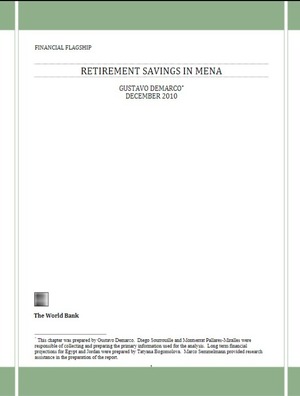How Poor Bangladeshi Households Behave Regarding Access to Commitment Savings Products
By Carolina Laureti, Mélanie Volral Access to commitment savings products is known to increase poor households’ savings. In this paper we analyze the process through which households change their savings behavior, by exploiting a unique dataset released by SafeSave, a Bangladeshi microfinance institution that launched the Long Term Savings commitment product in 2009. First, we find that households increase their savings a few months before they open the commitment product. Then, distinguishing early takers (who take up the commitment...



